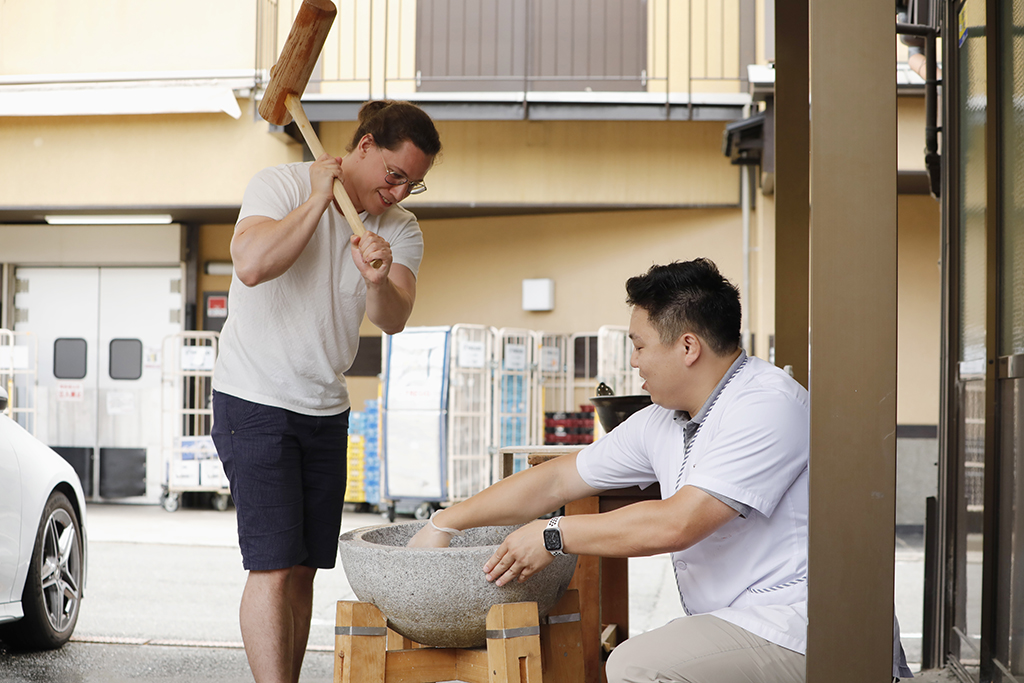
Culture Behind Mochi
Sacred Role of Japanese Local Food
- The Sacred Role of Mochi in Japanese Culture
-
Mochi, one of Japan’s traditional foods, has a history that dates back to the Yayoi period. In Japanese culture, rice has long been regarded as a sacred gift from the gods, symbolizing life and prosperity. As a result, mochi — crafted by pounding rice — has been cherished as a holy food used in rituals and festivals since ancient times. The process of making mochi, known as mochitsuki, involves kneading and pounding rice with great care, often as a collaborative effort, embodying the spirit of unity and gratitude. Even today, traditions such as displaying kagami mochi during the New Year and enjoying mochi during celebrations are deeply rooted in Japanese life. Through this experience, you can explore the profound relationship between mochi and Japanese food culture.


- A Hands-On Journey into Traditional Mochi-Making
-
This experience takes you behind the scenes at Narumi Mochi Honten, where you will observe the traditional art of mochi-making firsthand. Step into the studio to see how mochi is crafted using time-honored techniques and machinery. Watch as artisans carefully create wagashi (traditional Japanese sweets) one by one, showcasing the shop's commitment to quality and tradition. After the tour, you will have the opportunity to try mochitsuki yourself, using traditional tools to pound rice into fresh, soft mochi. Following your hands-on experience, enjoy the freshly made mochi in one of the shop’s recommended serving styles. Made with carefully selected ingredients, the mochi is bursting with the natural sweetness and aroma of rice, delivering a taste that can only be experienced when freshly prepared.
- Narumi Mochi Honten – A Legacy of Community
-
Established in 1875, Narumi Mochi Honten has been a cherished part of Kamigyo Ward in Kyoto City for nearly 150 years. Deeply tied to Kyoto’s festivals, annual events, and the daily lives of its residents, the shop has become an integral part of the community. Narumi Mochi Honten takes pride in using only the finest ingredients, including rice cultivated in the nutrient-rich soils of Kyushu, premium azuki beans, and pure groundwater from Kyoto. This dedication to quality and seasonality is reflected in their handmade wagashi and mochi, preserving the rich tradition of Japanese sweets for generations.
- He says
-
“
”


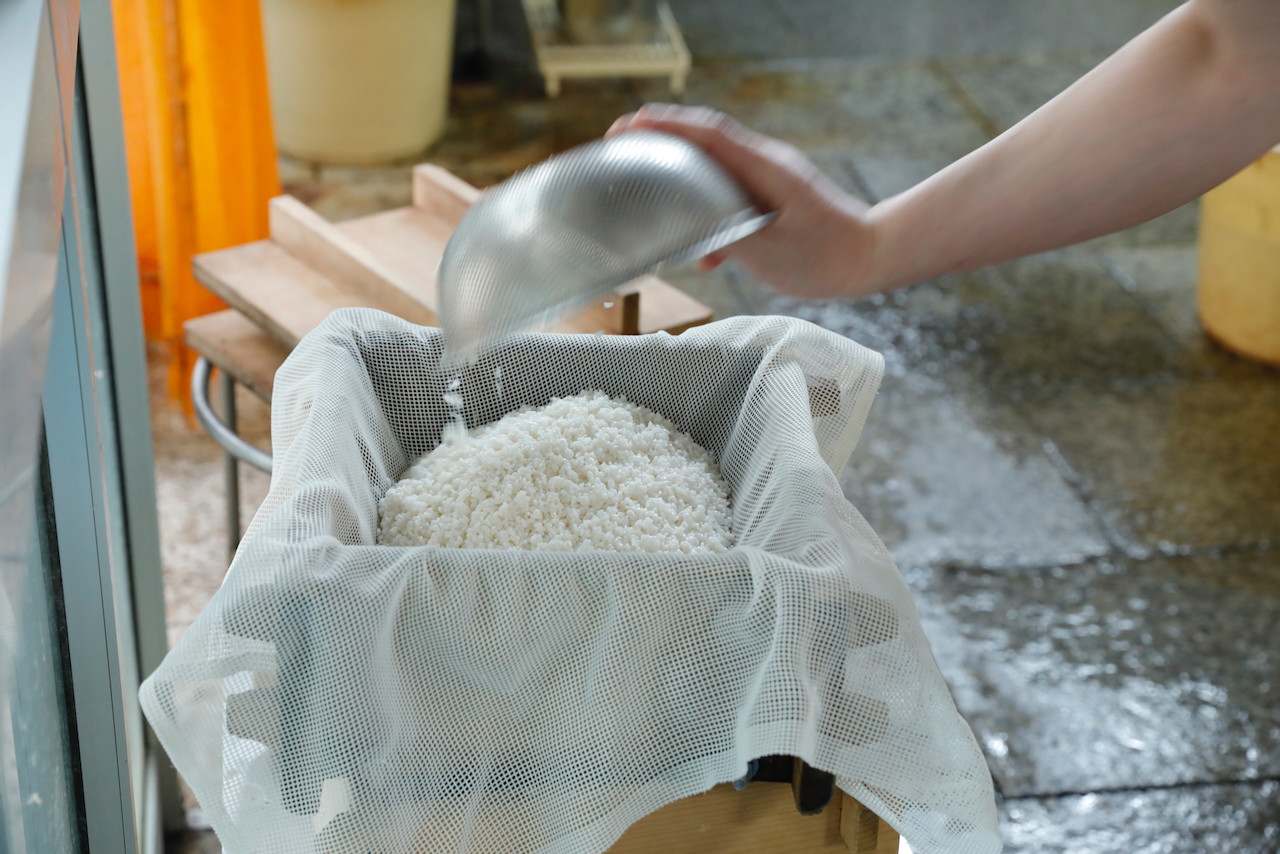
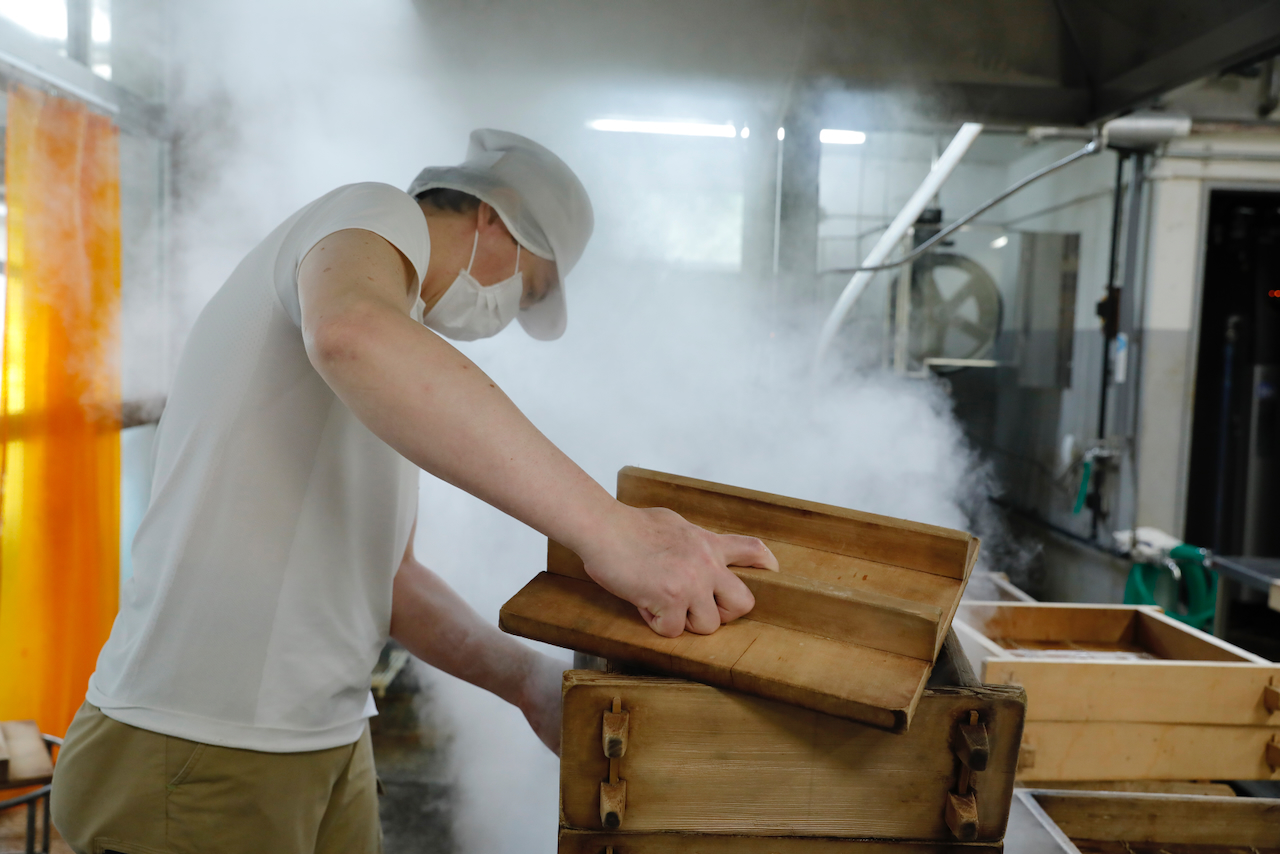
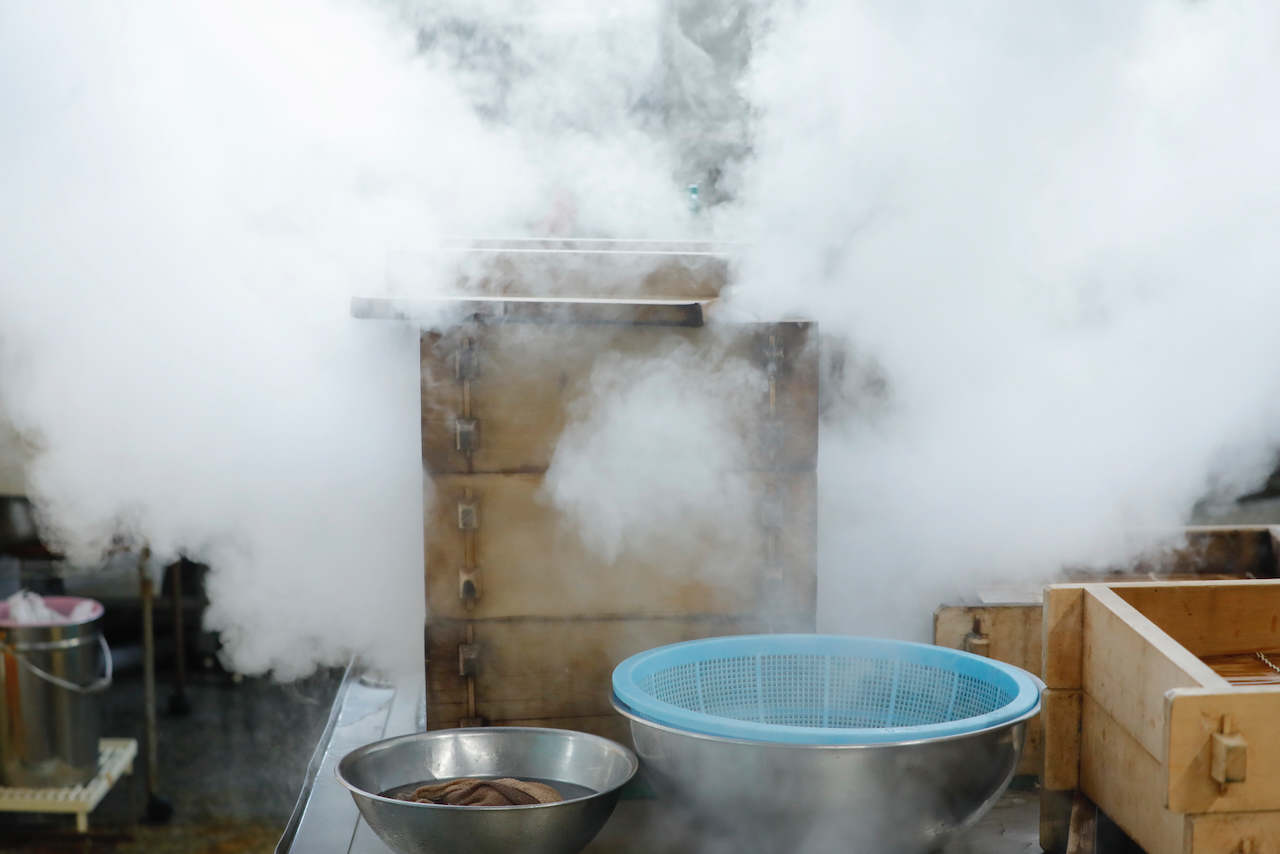


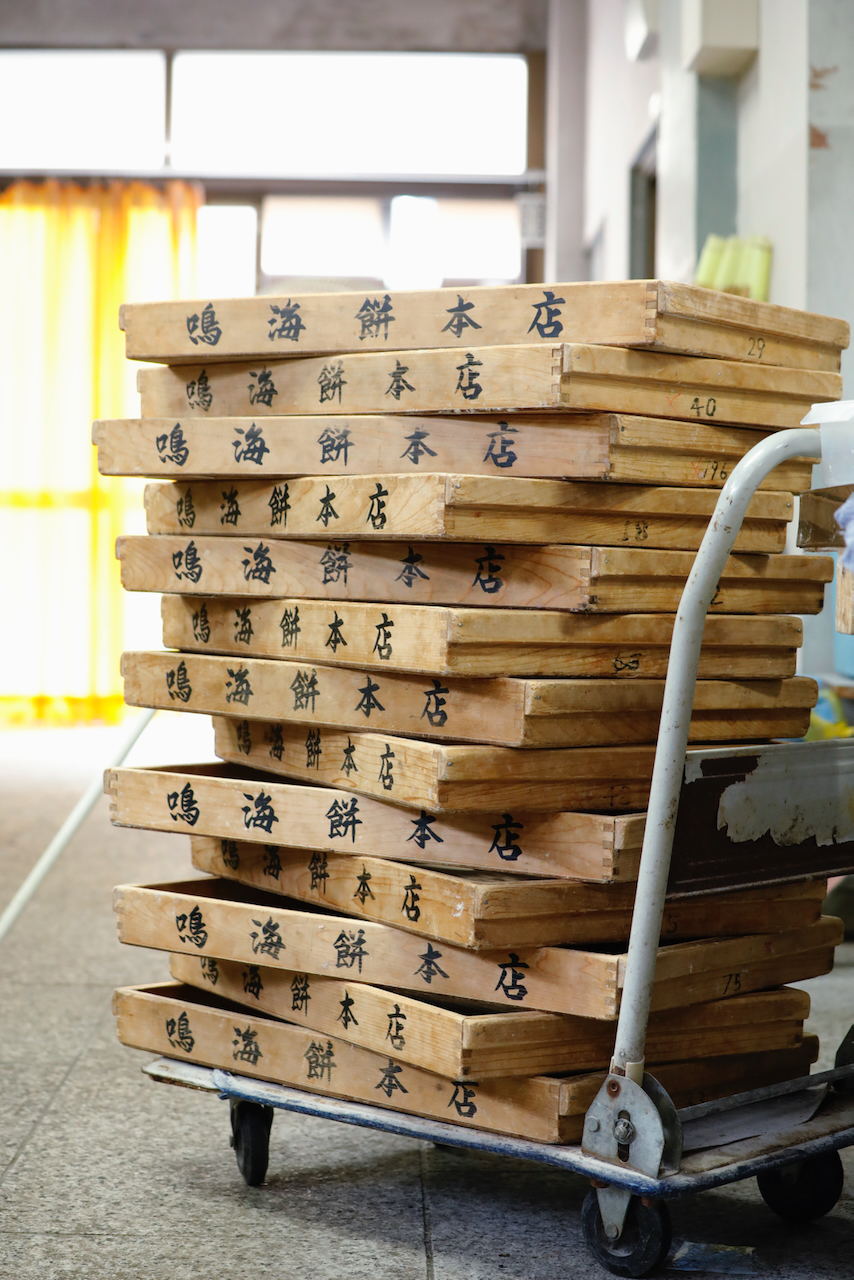
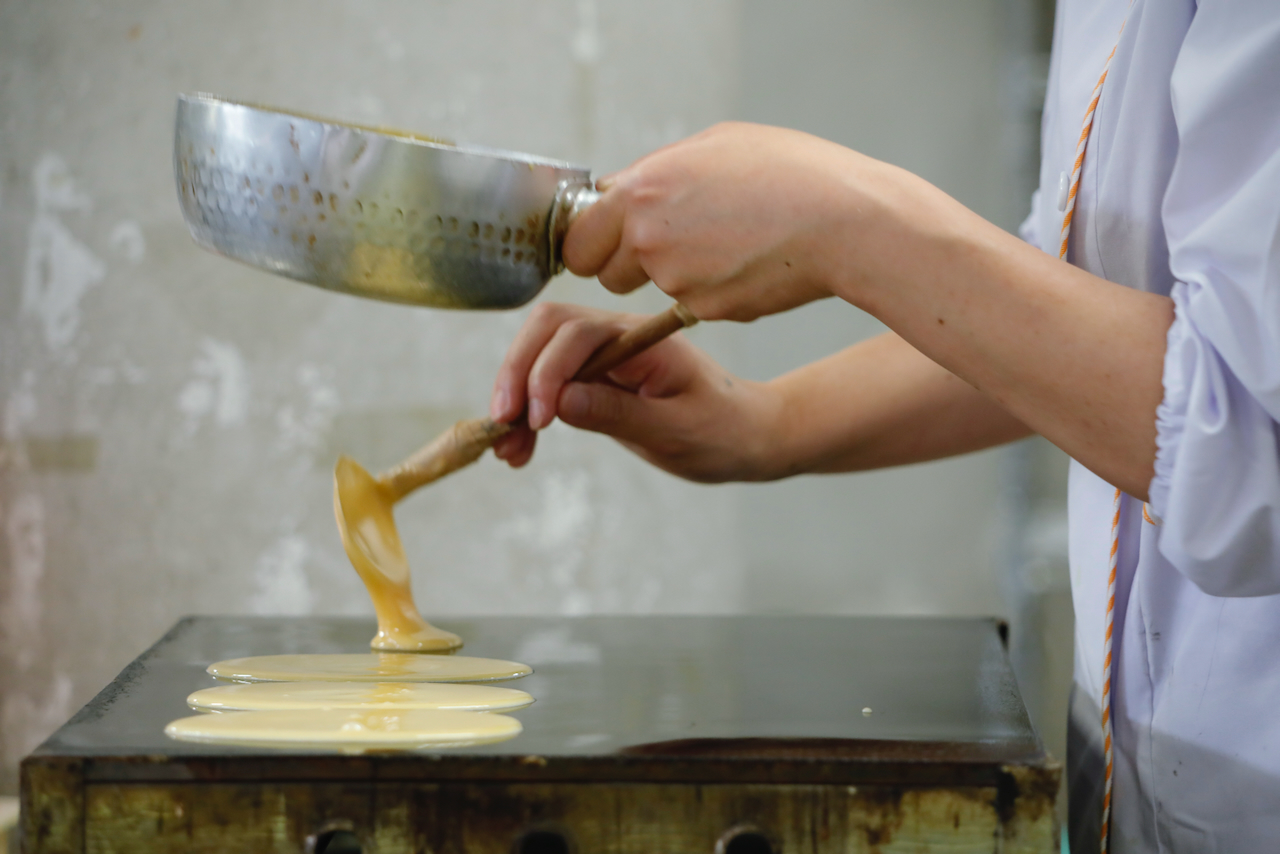
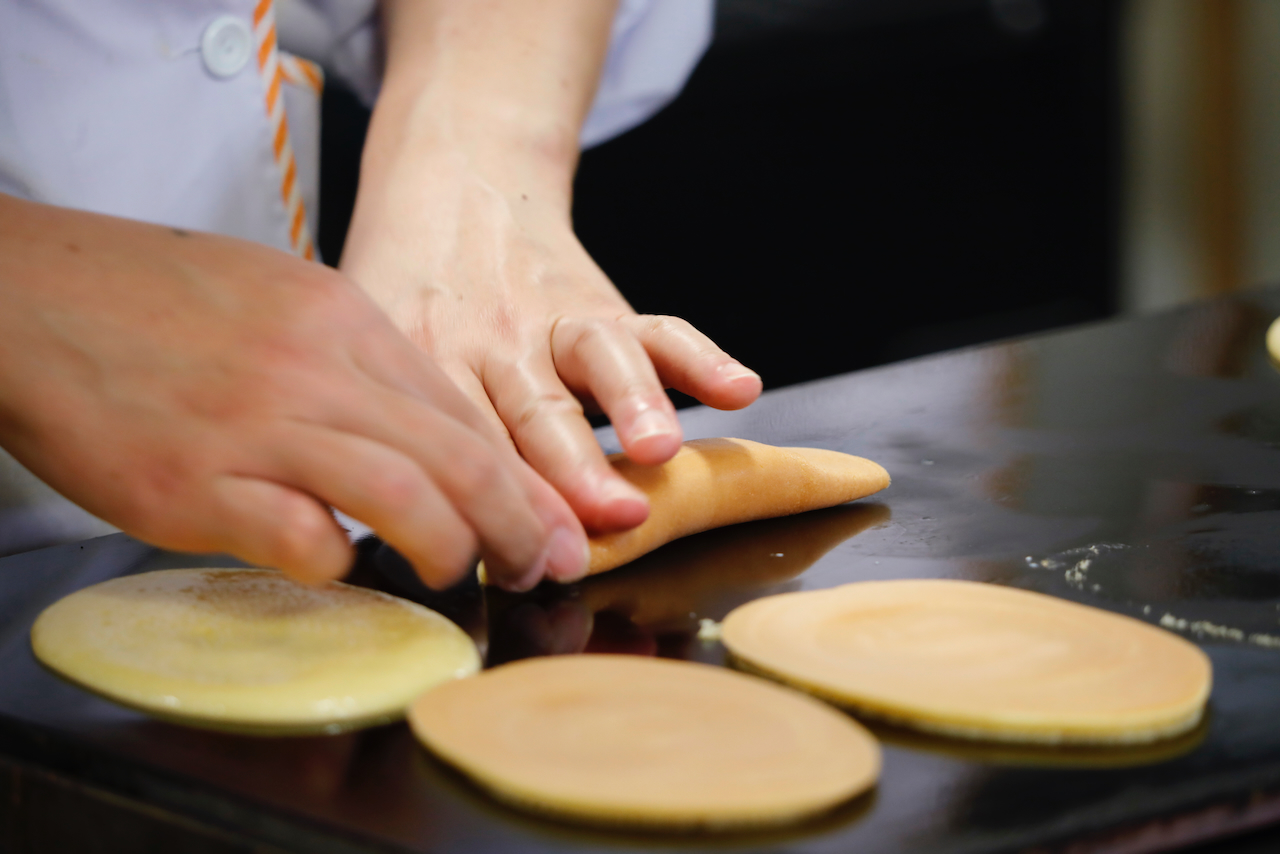
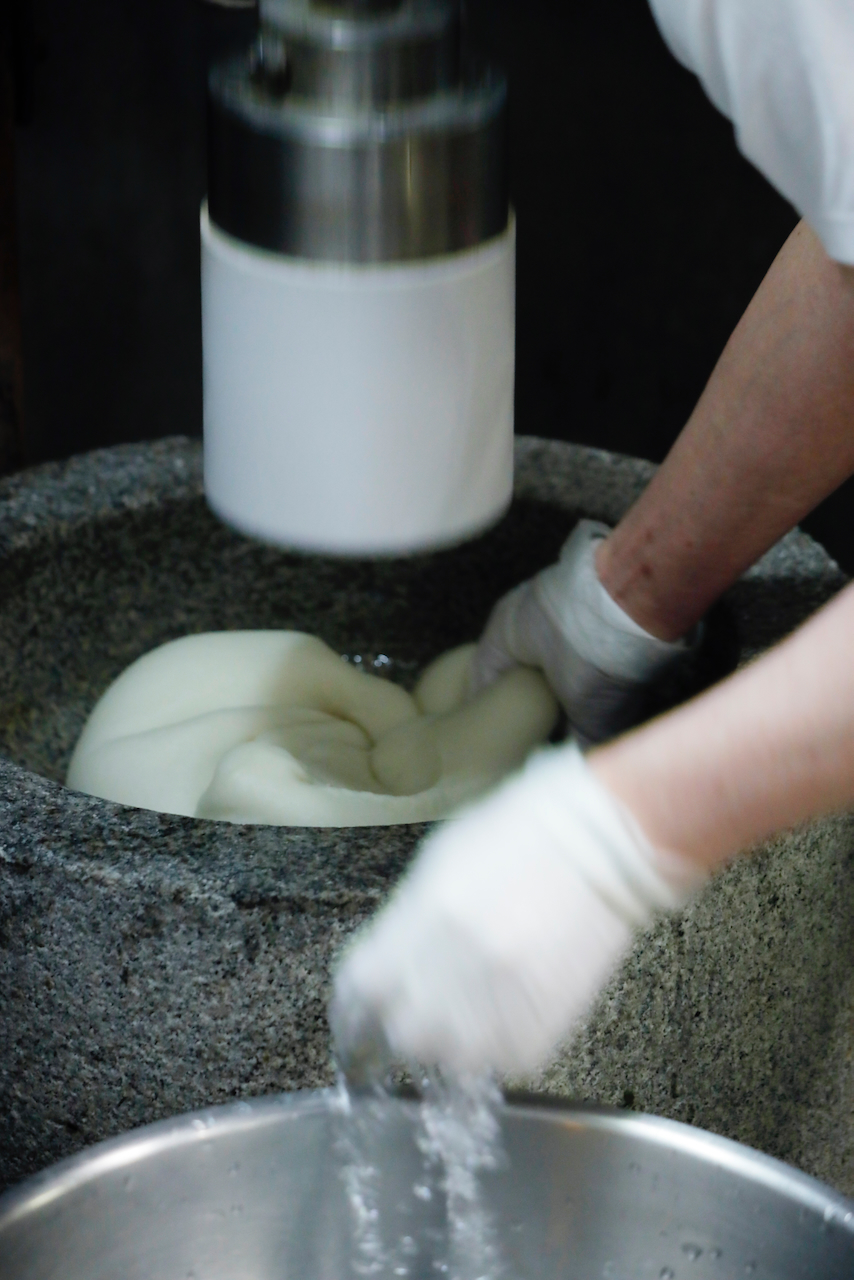
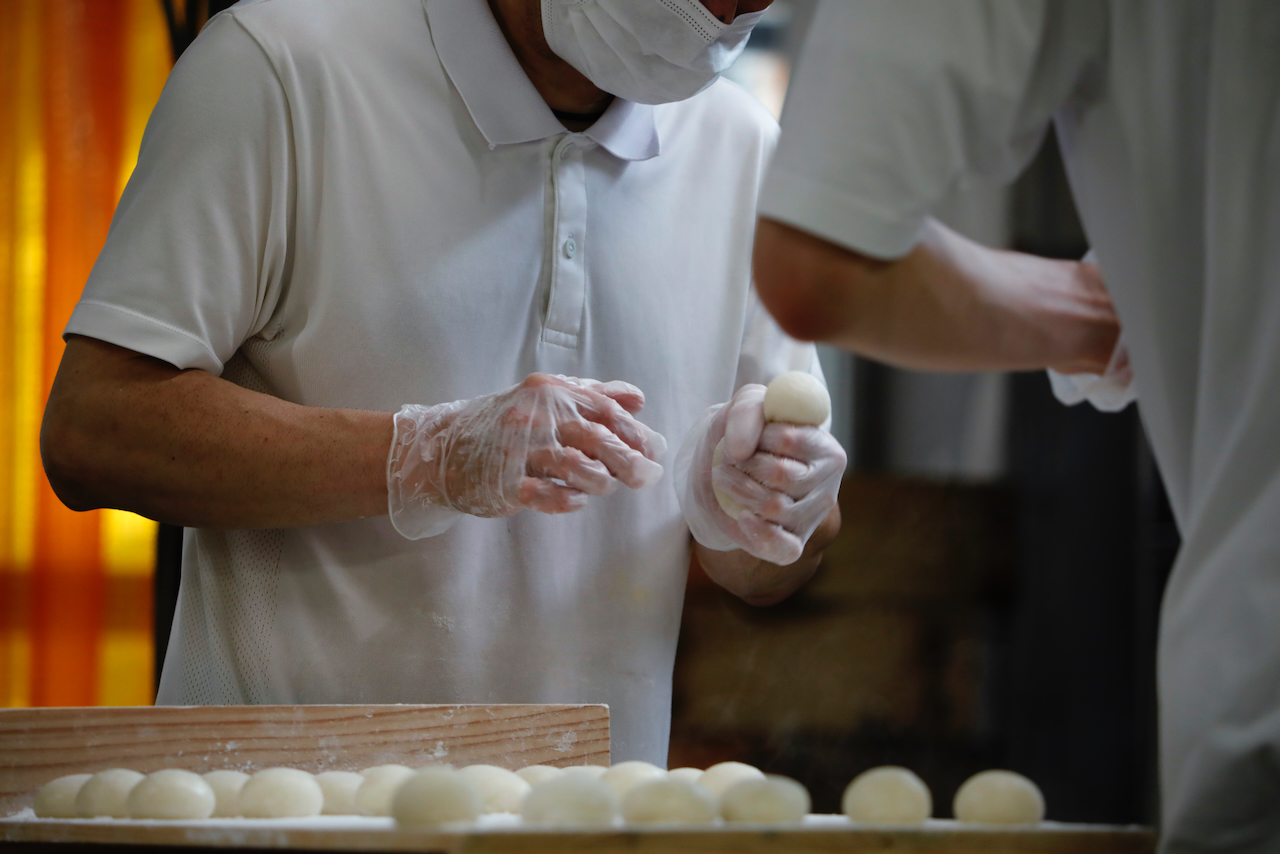
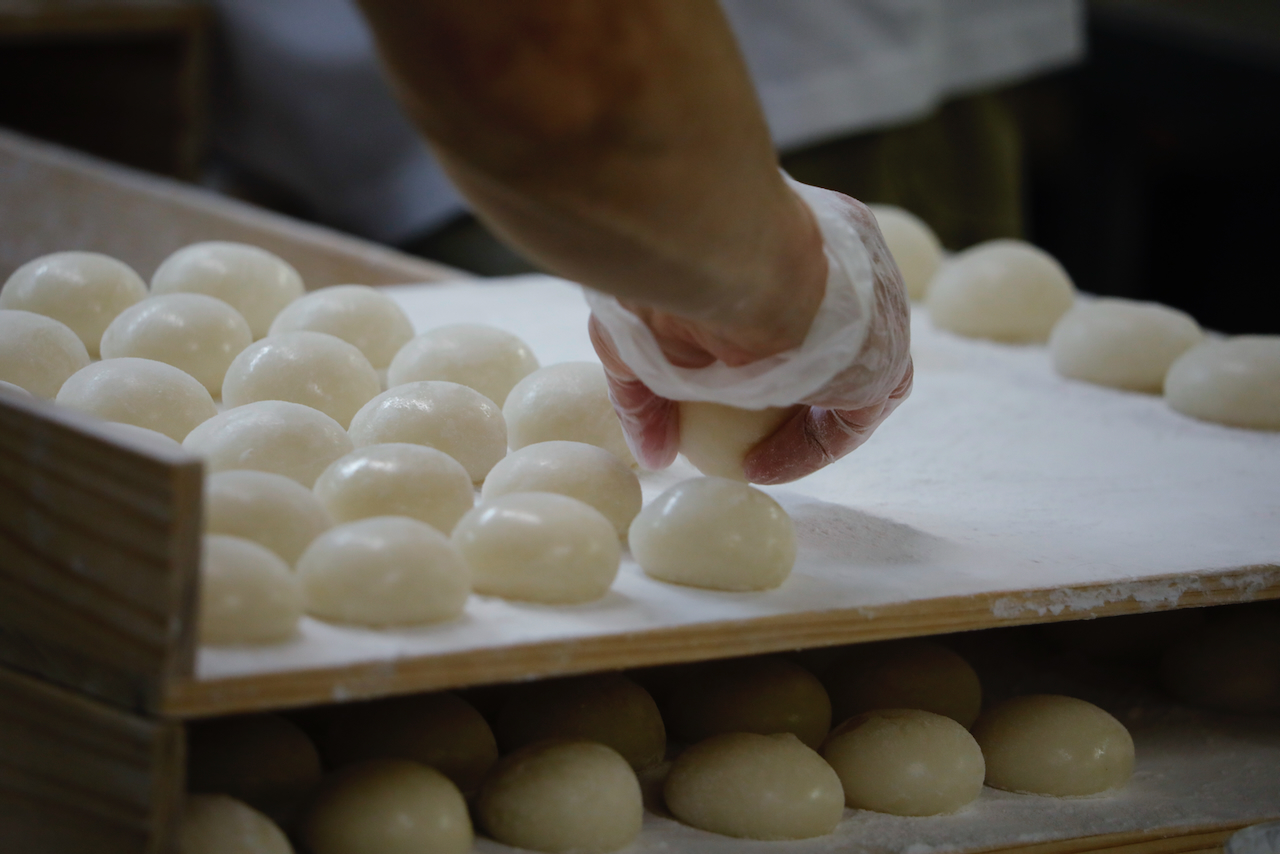
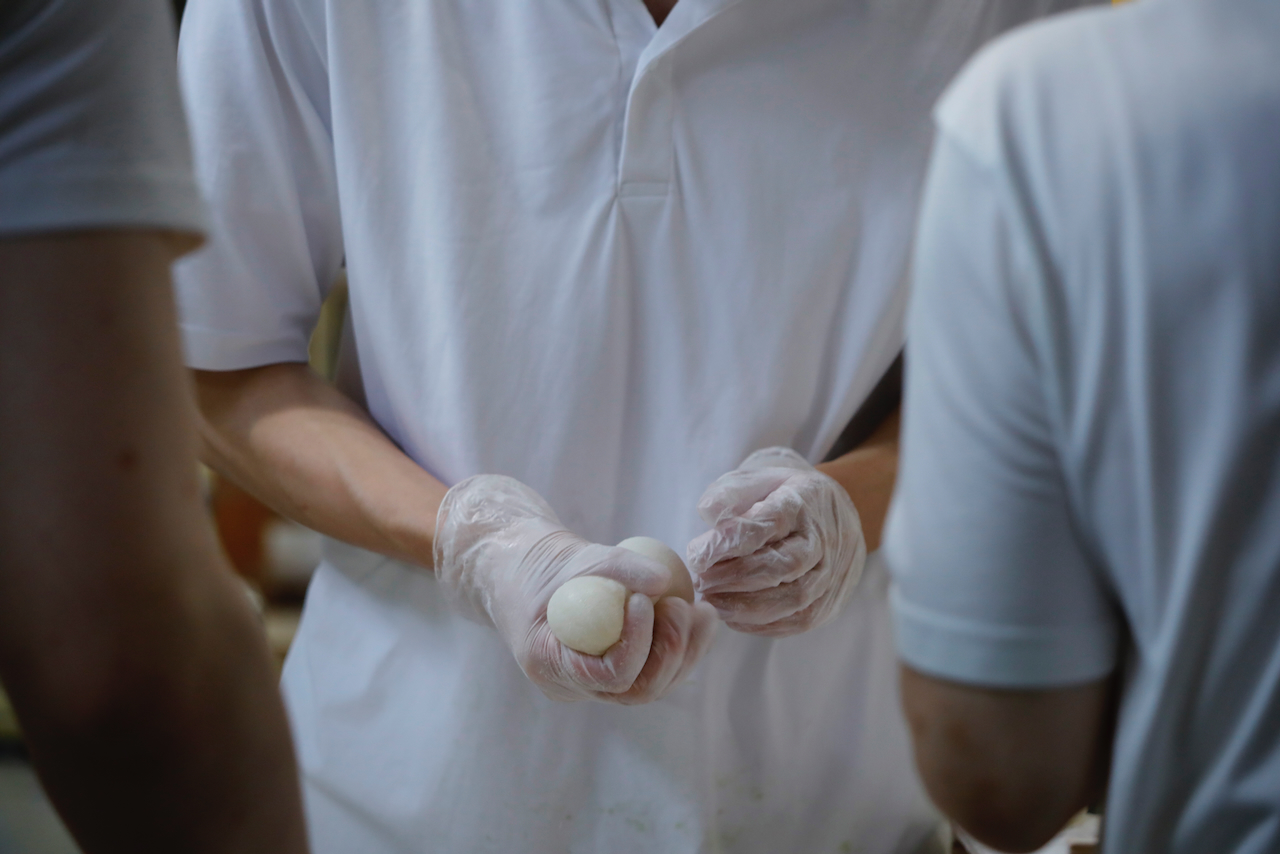
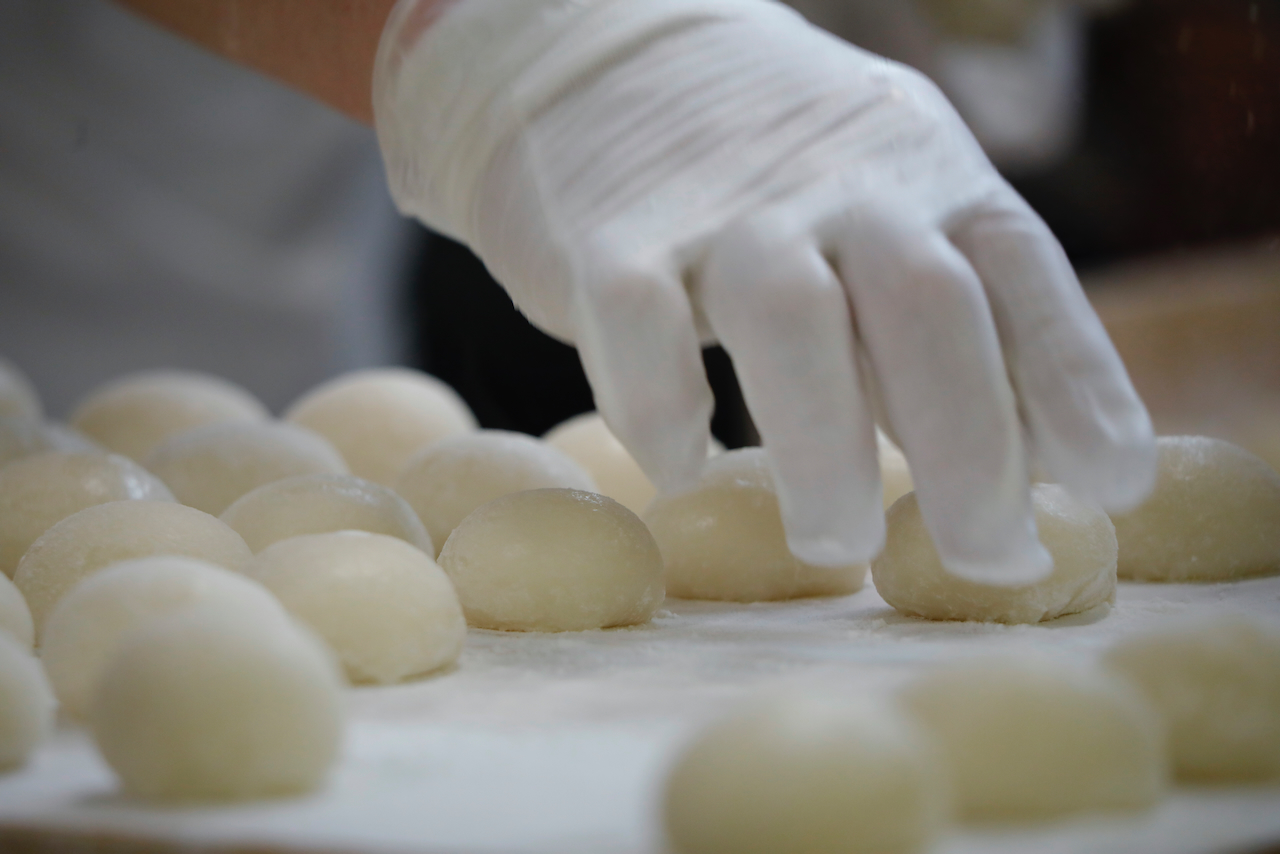
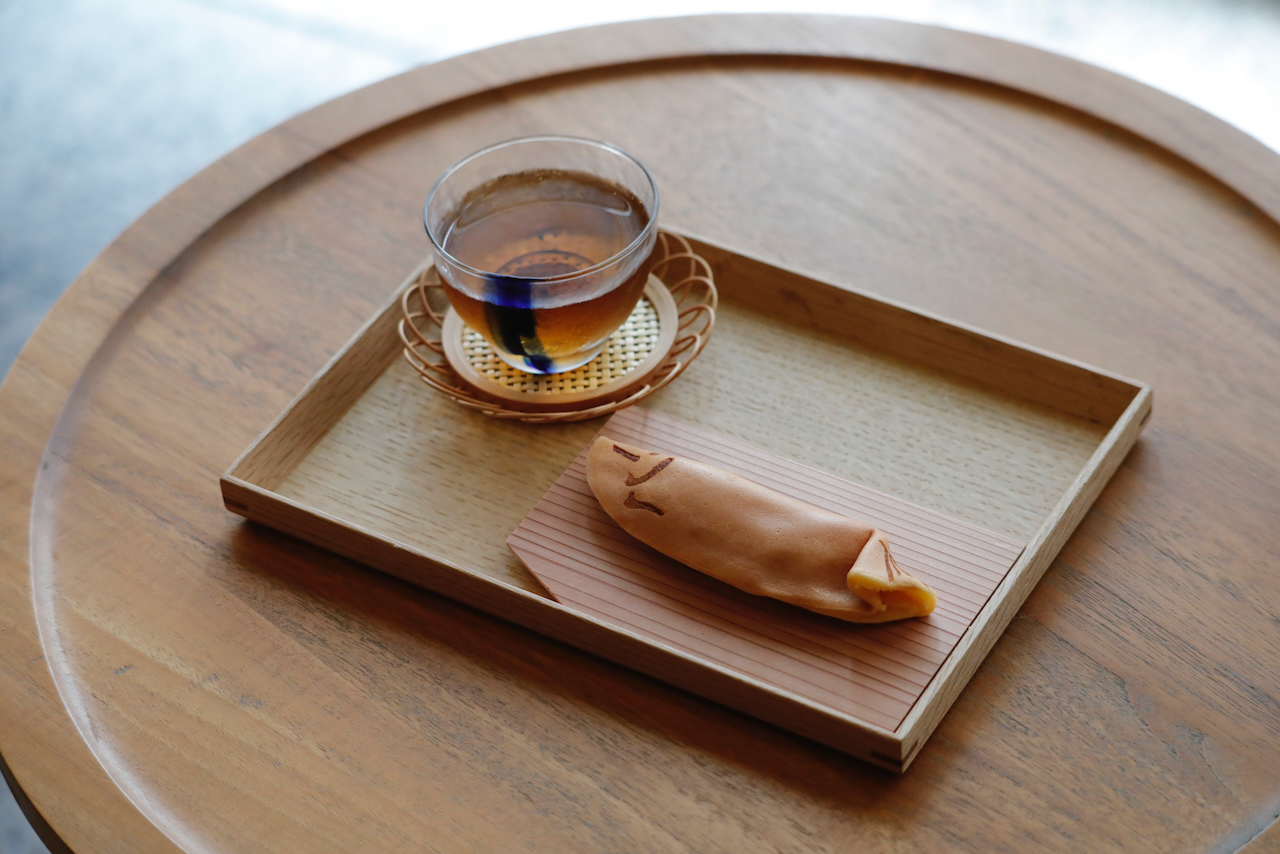
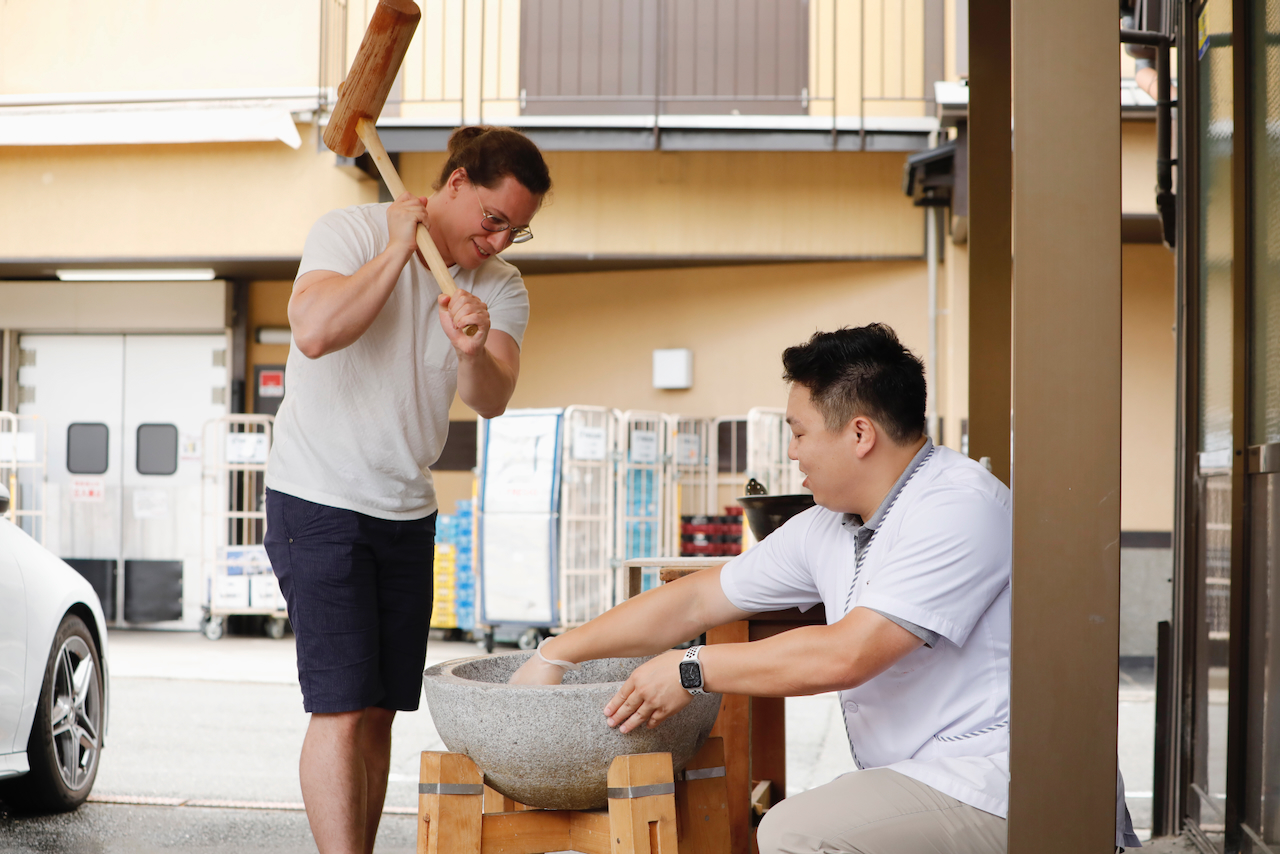
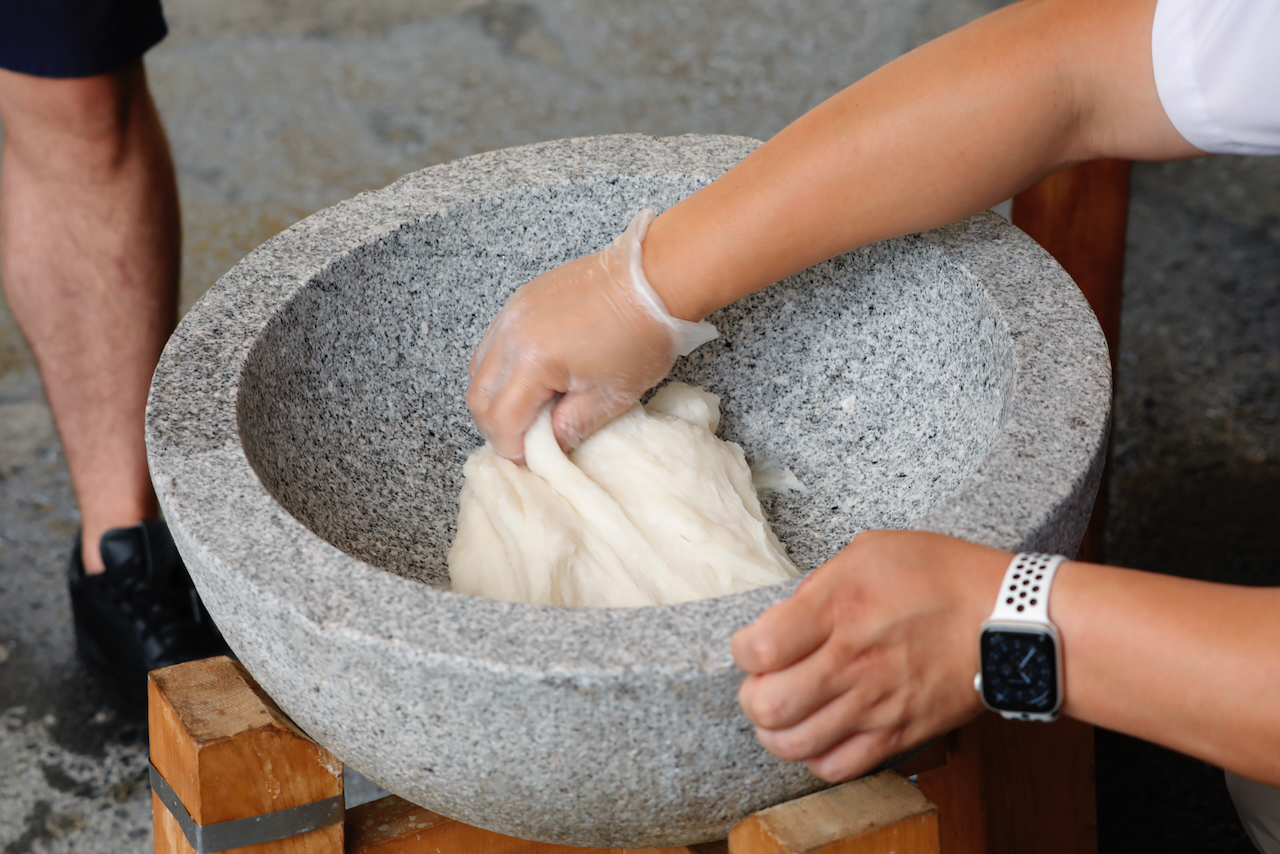

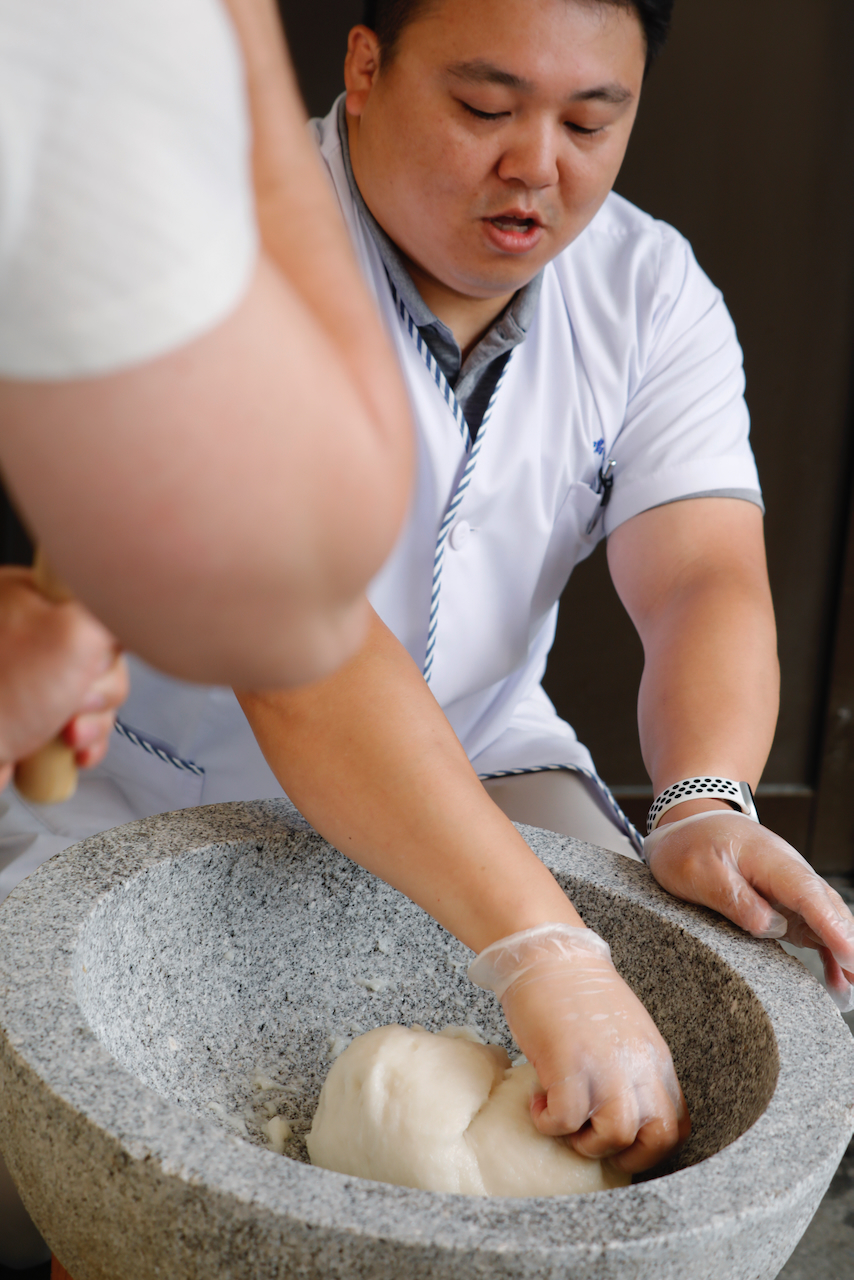
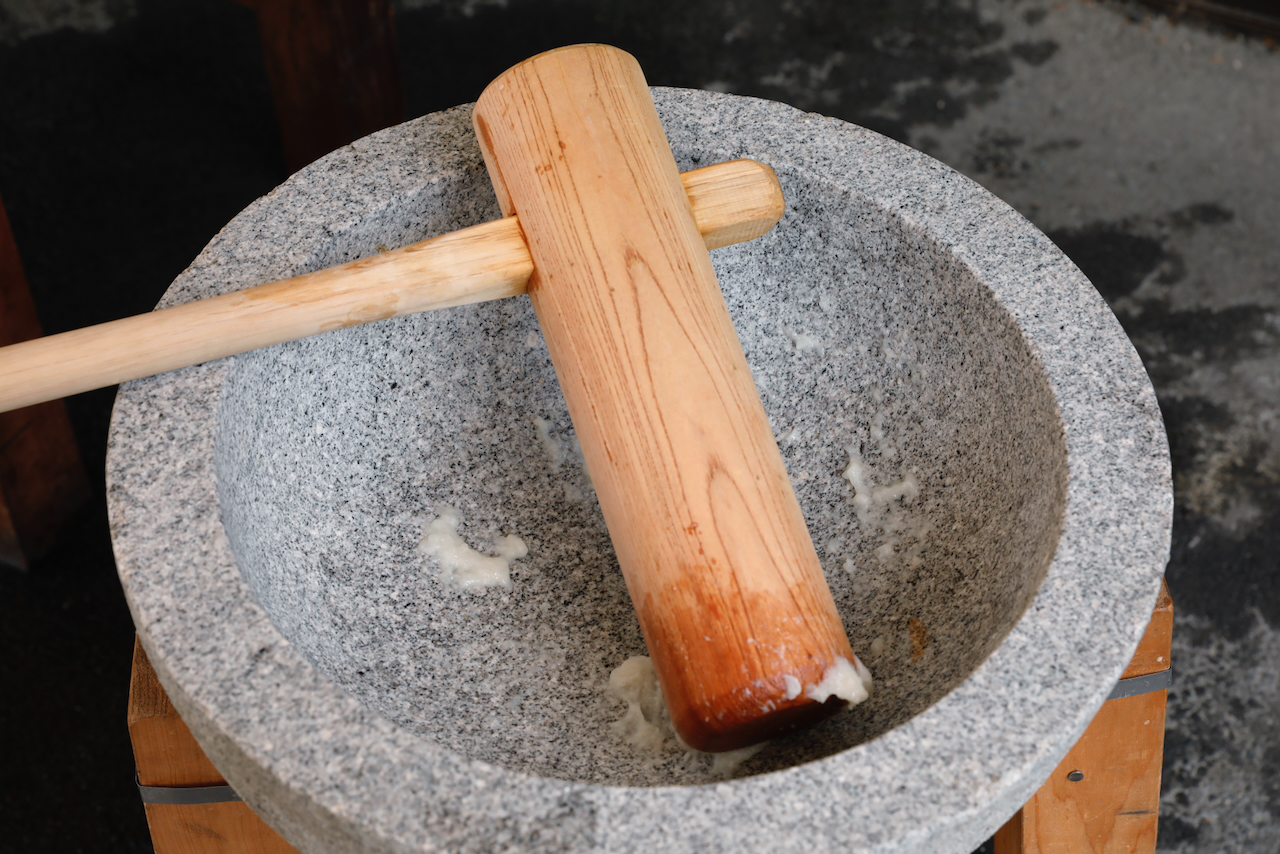
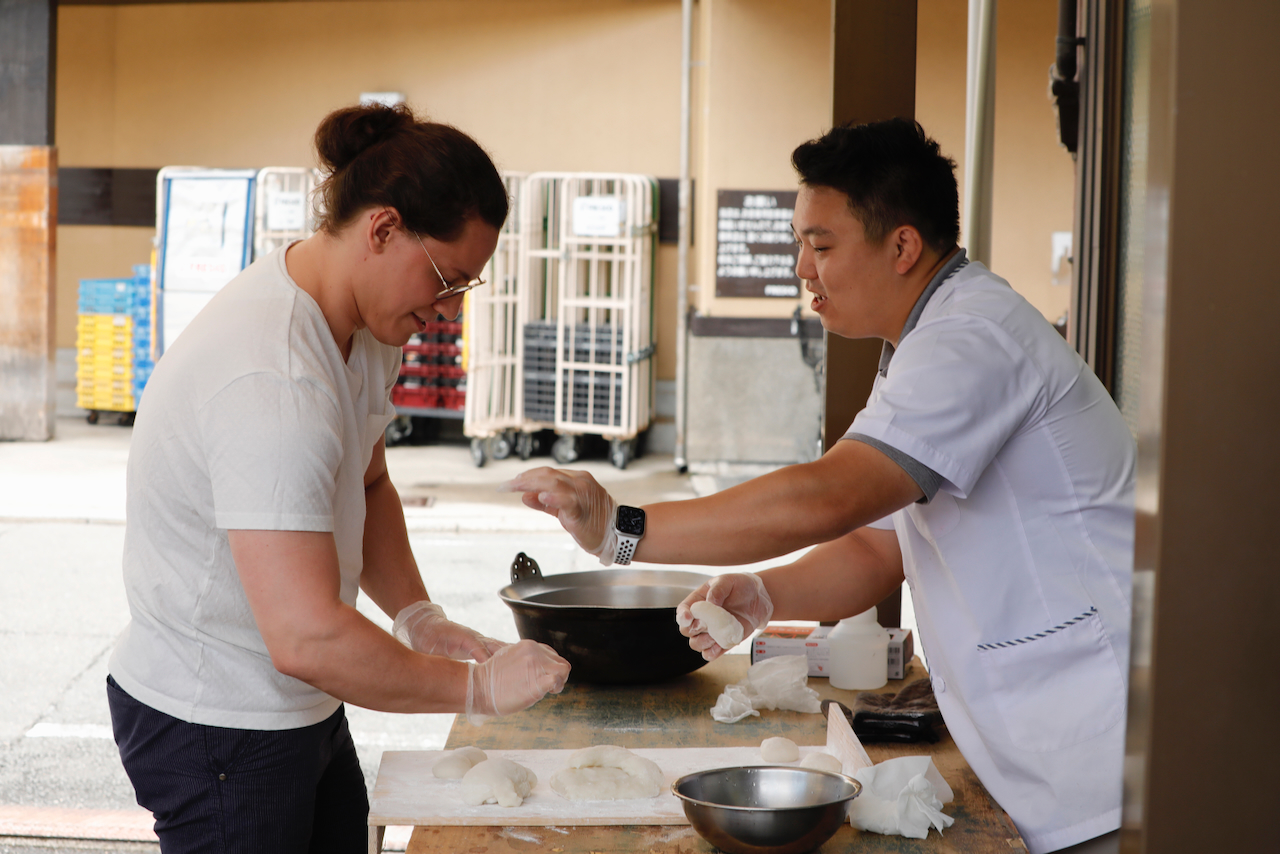
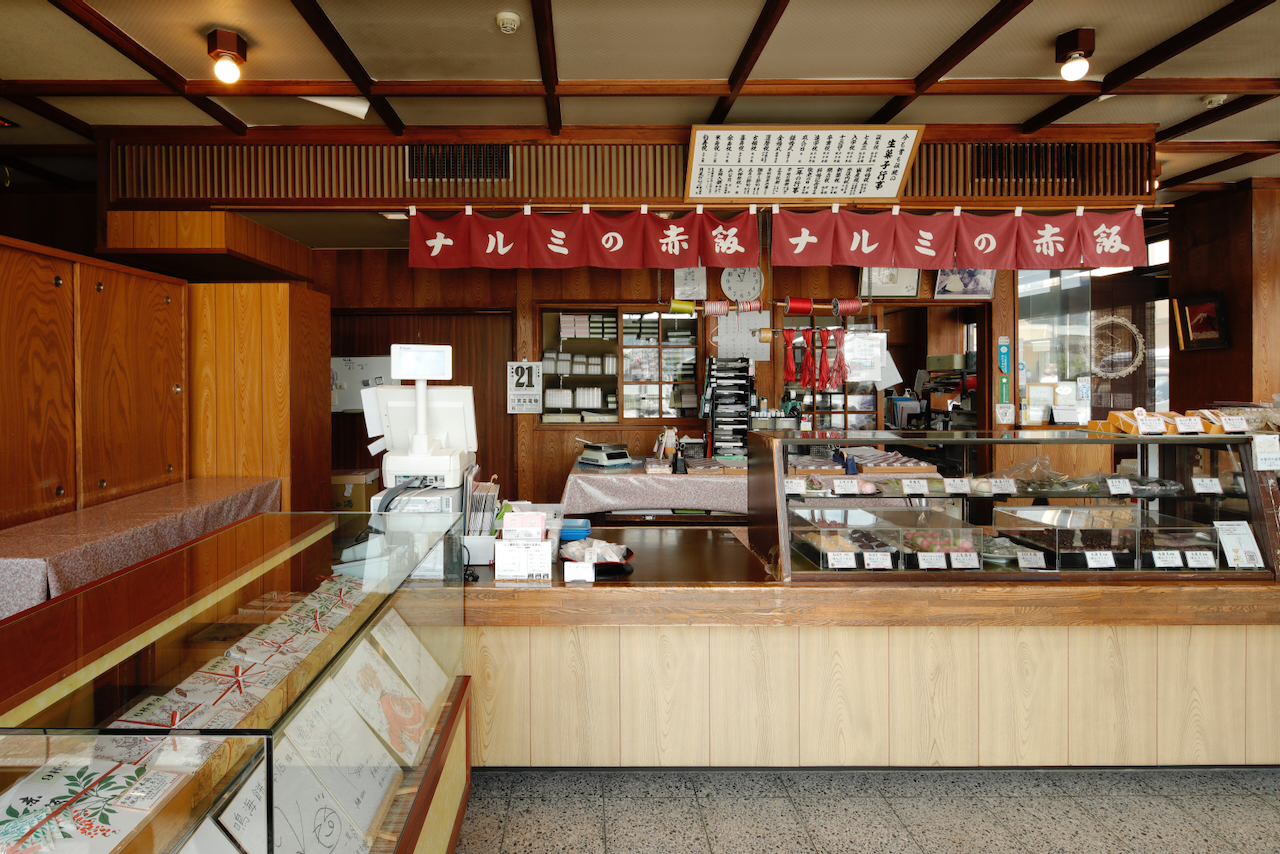
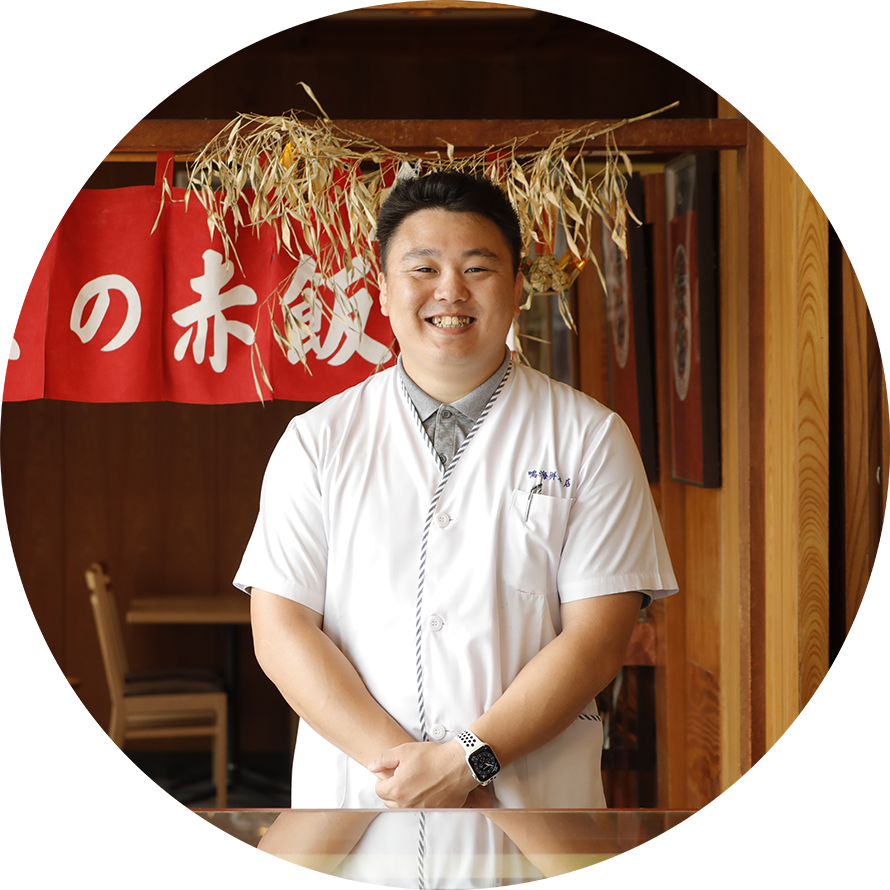
- Narumi Mochi Honten
- Rikiya Narumi
- A wagashi artisan at Narumi Mochi, a shop founded in 1875. In addition to crafting traditional sweets, he is also responsible for promoting the unique charm of Narumi Mochi Honten to a wider audience.

